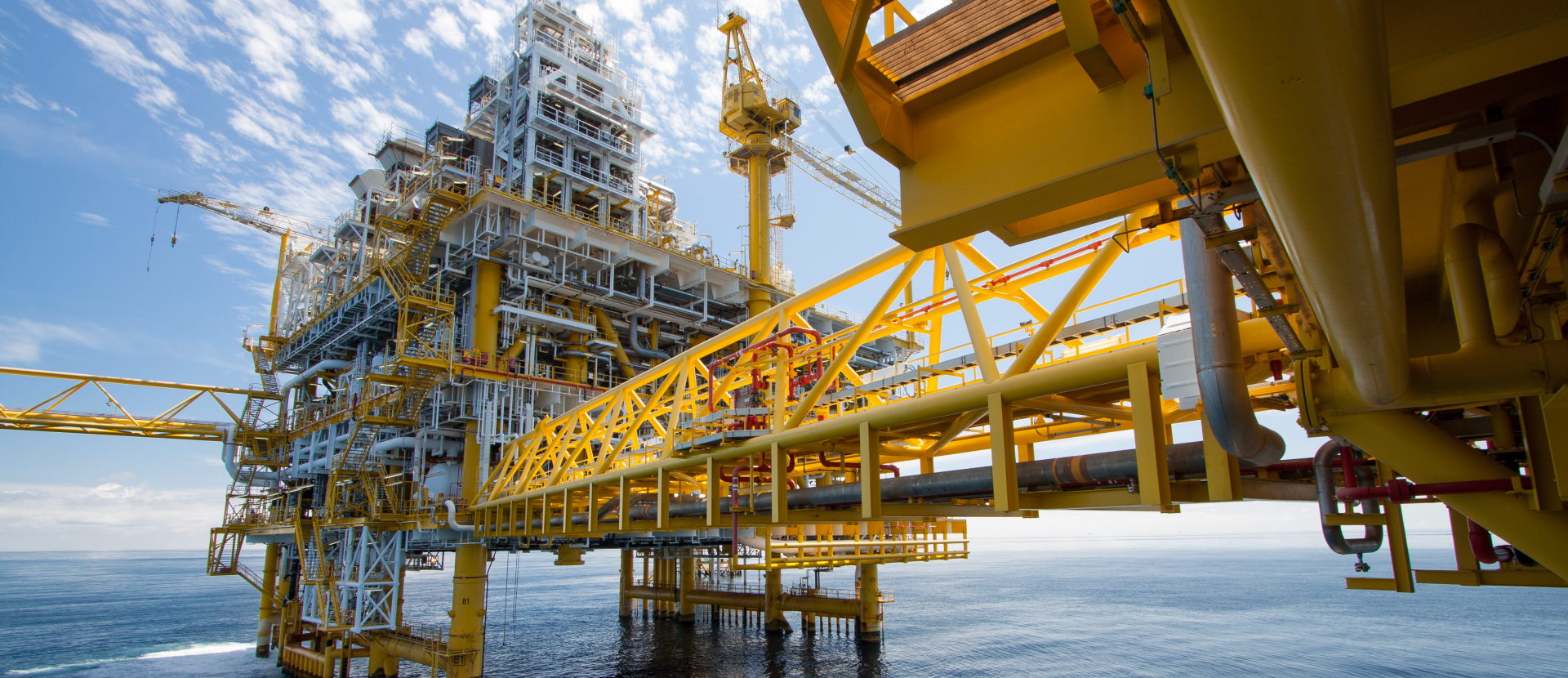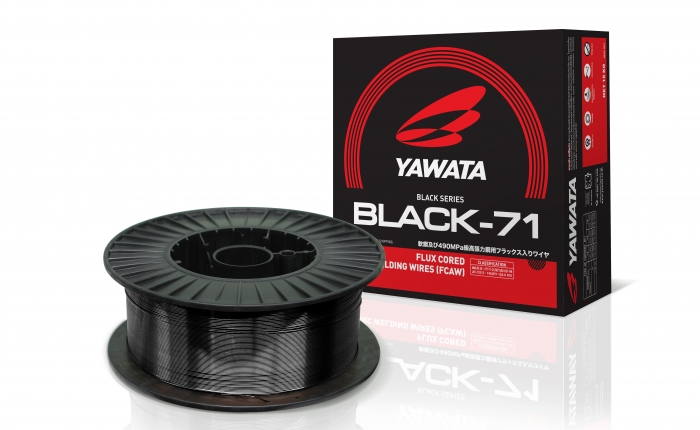Products
YAWATA 7018 (For 490N/mm2 High Tensile Strength Steel)
Classification : AWS A 5.1 : E7018 JIS Z 3211 : E4918
Approvals : ABS, BV, DNV GL, LR
Applications : Welding of 490 N/mm2 high tensile strength steels for ships, steel frames, bridges and pressure vessels.
PDFYawata-Pamphlet-7018.pdf
Property
Req. = Requirement
Typ. = Typical results
N.S. = Not Specified
C.L. = Combined Limit for Mn + Ni + Cr + Mo + V
Mechanical Properties
Recommended Size and Power Range
Recommendations for Use
YAWATA 7018 is an iron powder low hydrogen type electrode containing a large amount of iron powder in coating flux. Deposited metal gives excellent mechanical properties, crack resistance and X-ray quality. Weldability is good and high welding efficiency is obtained.
Classification
AWS A 5.1 : E7018
JIS Z 3211 : E4918
Chemical CompositionJIS Z 3211 : E4918
|
C
|
Si
|
Mn
|
P
|
S
|
Cr
|
Mo
|
Ni
|
V
|
C.L.
|
|
|
Req.
|
≤0.15
|
≤0.75
|
≤1.60
|
≤0.035
|
≤0.035
|
≤0.20
|
≤0.30
|
≤0.30
|
≤0.08
|
≤1.75
|
|
Typ.
|
0.07
|
0.36
|
1.03
|
0.010
|
0.011
|
0.09
|
≤0.01
|
0.07
|
≤0.01
|
1.40
|
Typ. = Typical results
N.S. = Not Specified
C.L. = Combined Limit for Mn + Ni + Cr + Mo + V
| Tensile Strength N/mm2 (kgf/mm2) |
Yield Strength N/mm2 (kgf/mm2) |
Elongation % |
Charpy 2V-notch ที่ -20oC, J (kgf.m) |
Diffusible H2 Content |
|
| Req. | ≥430 (42) | ≥430 (42) | ≥17 | -29oC/-30oC = ≥27 (AWS A5.1) -46oC = ≥27 (AWS A5.1) -29oC/-30oC = ≥47 (ISO 2560-A) -49oC/-50oC = ≥47 (ISO 2560-A) |
≤ 10 ml/100g |
| Typ. | 530 (54) | 460 (47) | ≥33 | ≥ 110 (11.2) | ≤ 5 ml/100g |
| Diameter/ Length (mm) |
2.6/300,350 | 3.2/350,400 | 3.2/450 | 4.0/350,400,450 | 5.0/400,450 |
| Welding Position | Current (A) | ||||
| F | 70-100 | 100-140 | 90-130 | 150-200 | 190-240 |
| V, OH | 60-90 | 80-120 | 80-120 | 120-160 | 140-180 |
1. Use dry electrodes only. Damp electrodes should be re-dried at 300~350℃ for 60 minutes before use.
2. Backstep method should be applied to prevent blowholes and pits at arc starting and arc length should be kept as short as possible during welding.
3. All water, rust and oil in groove should be completely removed to prevent cracks and blowholes.
2. Backstep method should be applied to prevent blowholes and pits at arc starting and arc length should be kept as short as possible during welding.
3. All water, rust and oil in groove should be completely removed to prevent cracks and blowholes.














